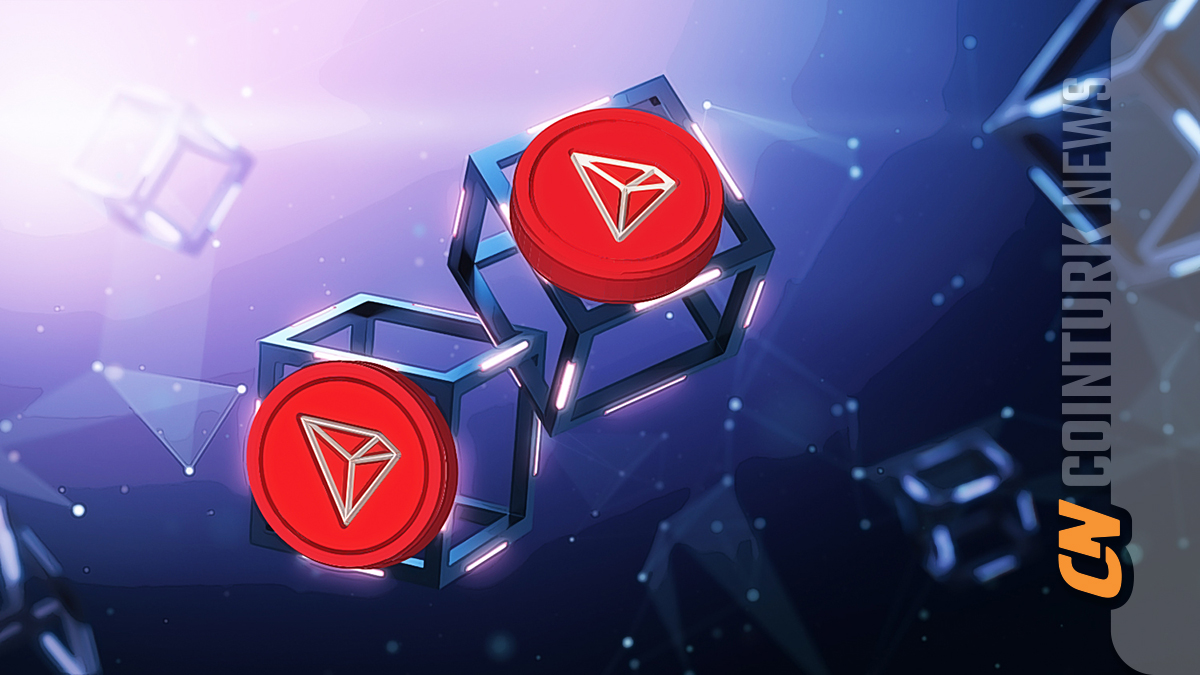Celestia‘s TIA token has managed to attract the attention of market participants by surging over 20% in the last 24 hours. The rise of this altcoin is due to several factors, including TIA staking, a modular narrative, and anticipation of an AirDrop. Here are the driving forces behind the rise of the TIA token.
TIA Rises with “Staking” and “Modular Narrative”
TIA has made a significant breakout by gaining momentum with investors’ interest in token staking and the increasing excitement for the underlying technology of the Blockchain network. TIA, which was pulled down to $13.41 during the day, surged over 20% to reach $16.69. According to data from CoinMarketCap, the altcoin’s price saw its highest trading volume to date of approximately $867 million in the last 24 hours as this article was being prepared.

As is known, staking is the locking of coins/tokens in a cryptocurrency network in exchange for rewards in the network’s native asset. Currently, doing this with TIA on the Celestia network provides users with an annual return of between 15% to 17%, excluding transaction fee income. This return rate, which is quite high compared to the risk-free return rate of 4% offered by the US 10-year Treasury bond, seems to be increasing the demand for the altcoin.
With the high interest in TIA staking, the market value of the altcoin has risen above $2.5 billion. With the market value increasing further, network participants will have the opportunity to earn money from both the inflated value of the rewards and the initial capital invested.
Celestia, a modular Blockchain network, launched the beta version of its mainnet in October and performed a TIA token AirDrop to an estimated 580,000 users. The first listings for the altcoin came from major cryptocurrency exchanges such as Binance and OKX, starting to trade at around $2.30.
Modular Blockchain networks are designed to solve scalability issues by using specific channels for speed and execution, unlike monolithic Blockchain networks that can only scale at the expense of decentralization or security. Celestia also uses data availability sampling (DAS), a method of verifying all data present in a Blockchain network. This combination helps to increase the speed of data transfer.
AirDrop Excitement Also Supports the Rise
On the other hand, the expectation of future AirDrops to stakers from projects built on the Celestia network is also supporting the rise of the altcoin. Earlier this week, Dymension, a multi-layered Blockchain network, AirDropped DYM tokens to a range of market participants, including TIA stakers. In a bull market, the potential high valuation of AirDropped tokens means participants can make high gains just by staking TIA. This situation also increases the appeal of TIA.
AirDrops generally refer to the distribution of tokens without a request to Blockchain users who participate in related network activities or use local applications.

 Türkçe
Türkçe Español
Español









